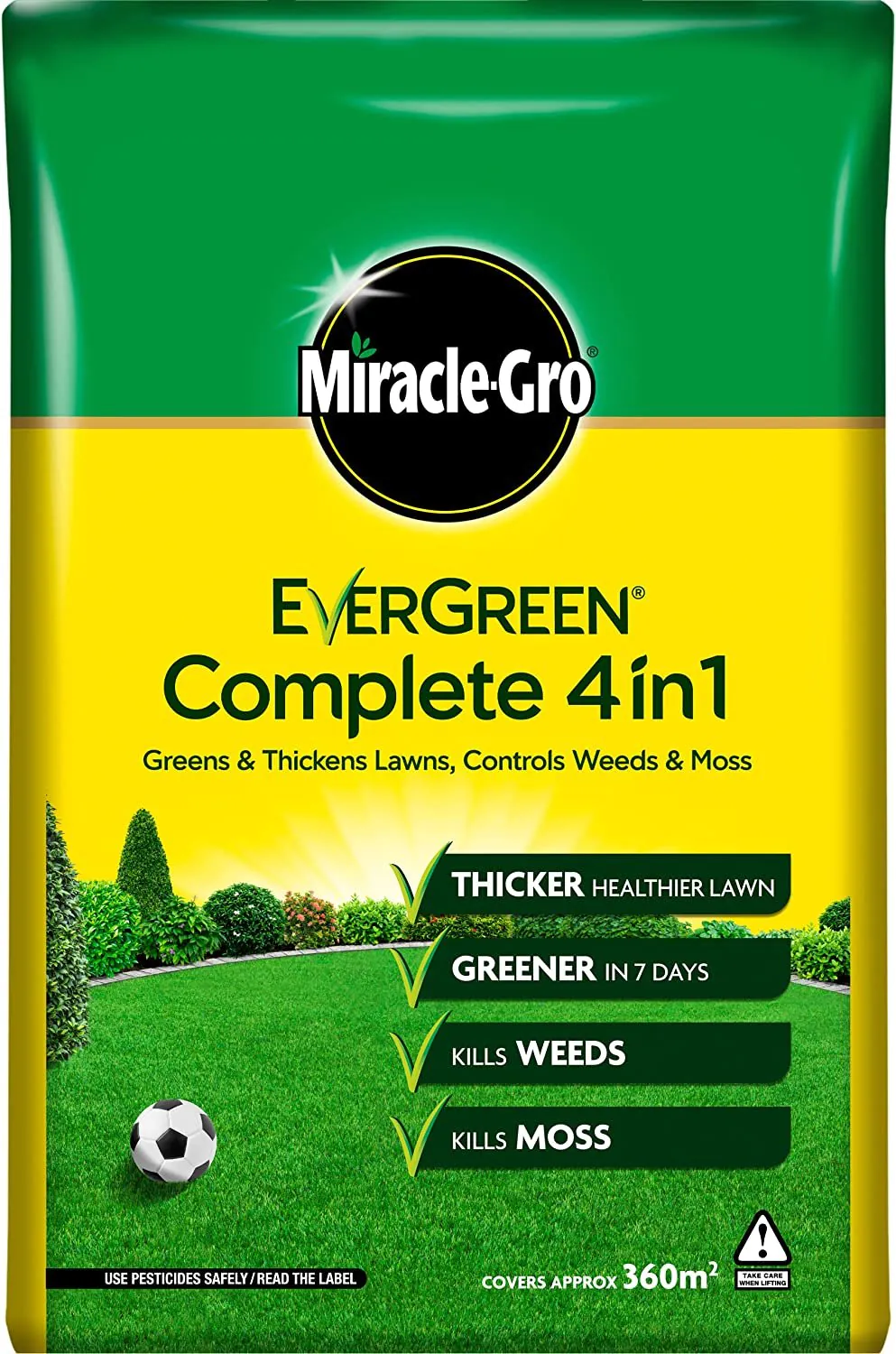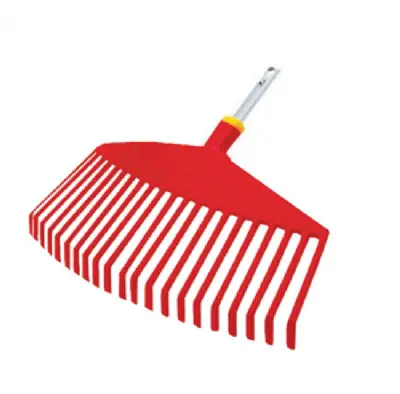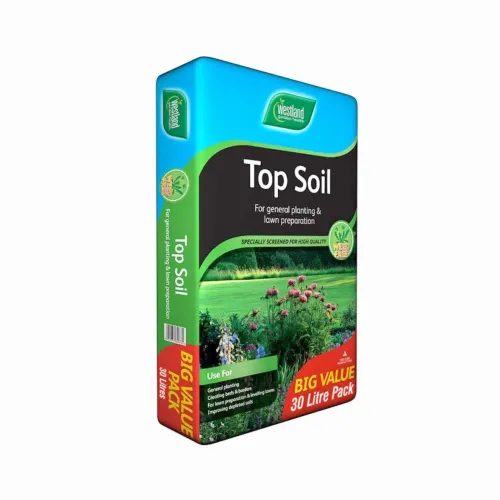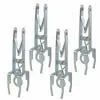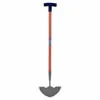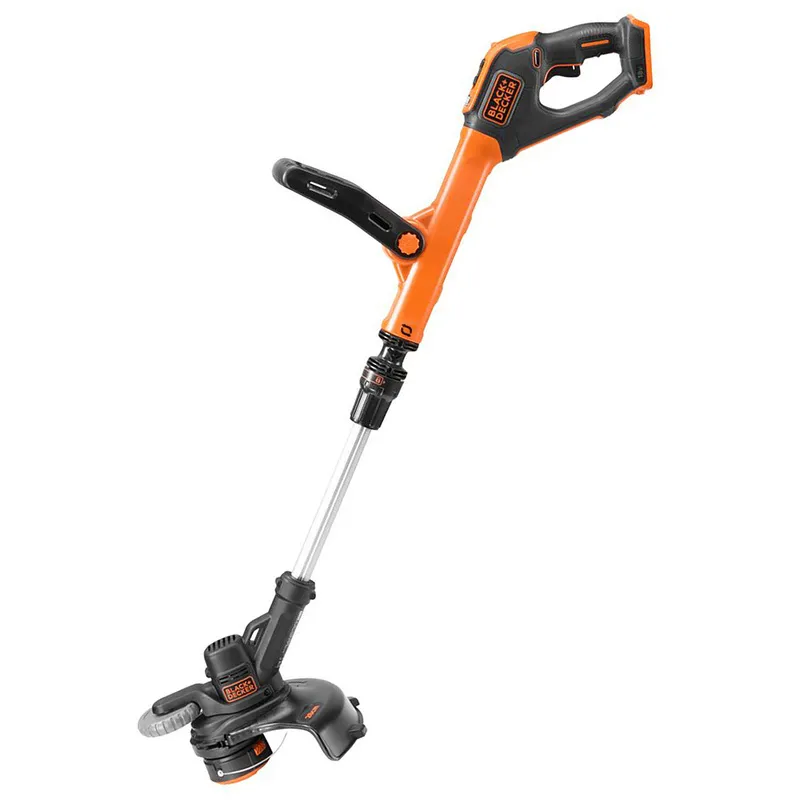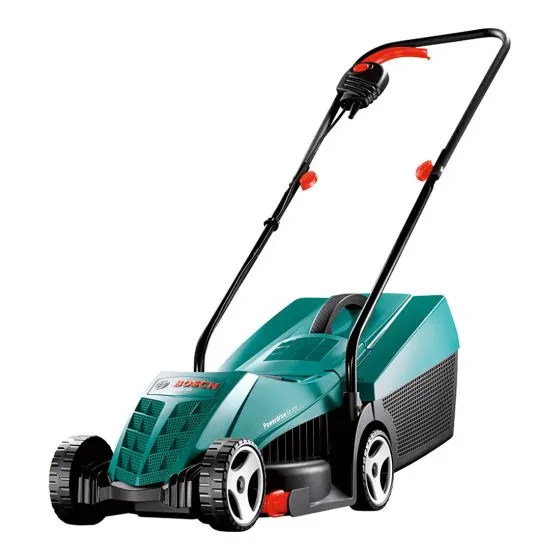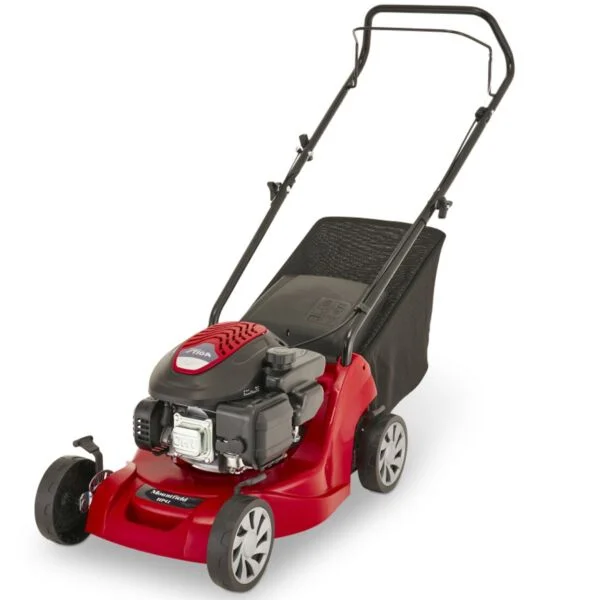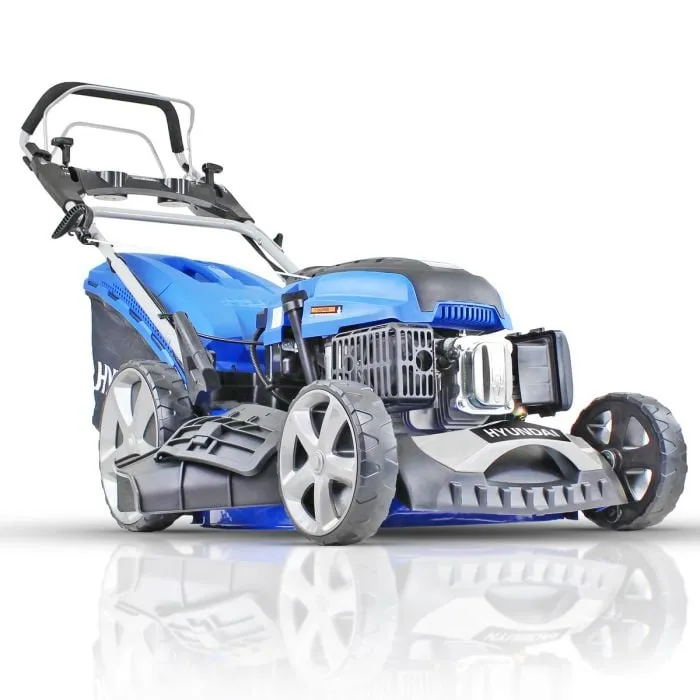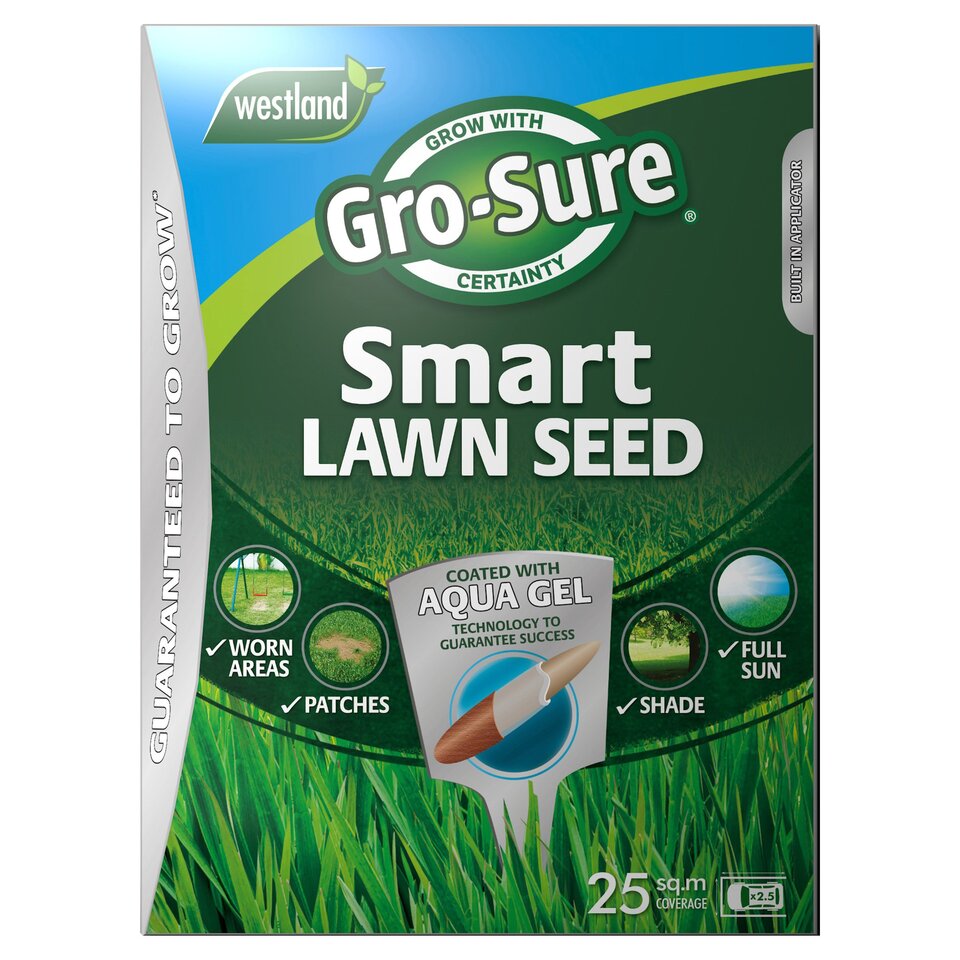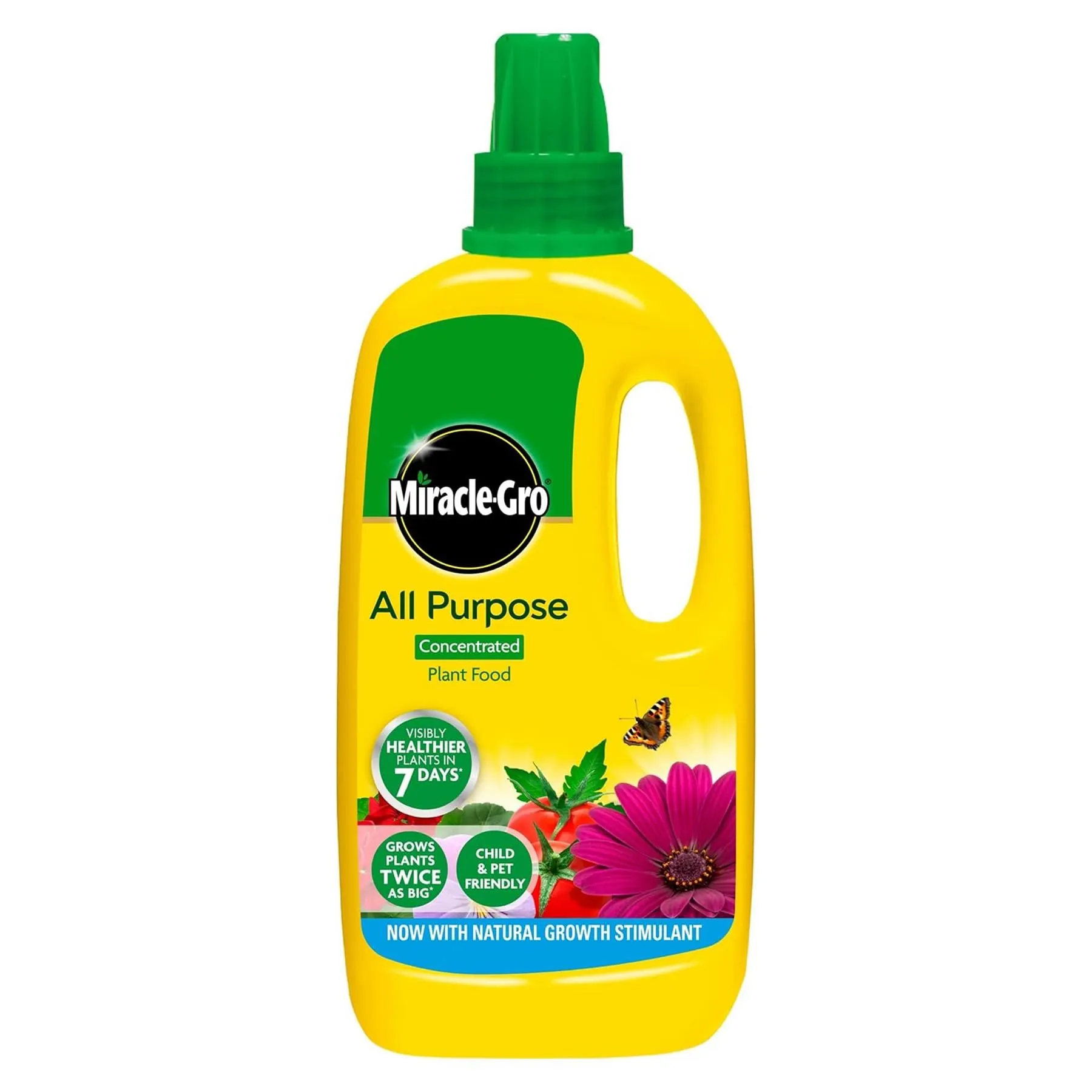 A gardeners wheelbarrow with the gardening tools in the gardens.
A gardeners wheelbarrow with the gardening tools in the gardens.
When summer rolls around, UK gardeners know that providing the right care for their lawns can make all the difference between a lush, green oasis and a dry, patchy yard. As the temperature rises and rainfall becomes unpredictable, lawns require specific attention to thrive. In this guide, we'll explore comprehensive summer lawn care strategies to keep your grass healthy and vibrant. From watering tips to effective fertilisers, we've got you covered.
Summer is a time when you should be able to take advantage of all the work you carried out by way of lawncare in the Spring months. Mowing will be at a minimum - especially in hot dry spells - and other main cultural lawn care operations are normally carried out in Spring and Autumn. So, pull up a few chairs, get the BBQ going and put down the lawn mats for a picnic outside. What else is the lawn for, but to enjoy!
Generally, far too much mowing is carried out in the Summer months. Maybe out of habit, the mower is started every Saturday or Sunday. Maybe essentially because this is the only free time from your normal work schedule. How much better life would be if you realised that mowing frequencies should actually reduce in the summer.
Also - to help matters more - you can lift the cutting height of the mower blades to allow the grass to grow a little longer. This is good for sitting and lazing about on the lawn in the summer (we wish!) but is also helpful for the lawn!
A slightly longer sward of turf grass will help the lawn get through the summer more easily, by way of providing a barrier between the sun and the earth. Longer grass will act as a mulch - conserving soil moisture, which in turn allows for less watering, and greener grass.

 garden lawn care tools and equipment for perfect green grass.
garden lawn care tools and equipment for perfect green grass. Closeup low angle view of automatic lawn sprinkler watering in the garden using as agricultural and fresh cover page concept
Closeup low angle view of automatic lawn sprinkler watering in the garden using as agricultural and fresh cover page concept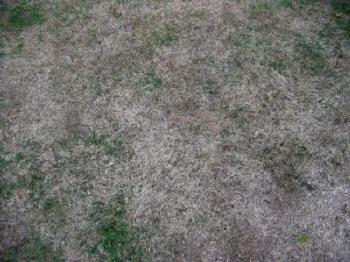
 Lawn care - Lawn Spring Fertilization tool
Lawn care - Lawn Spring Fertilization tool Green grass and Dry grass
Green grass and Dry grass Fresh gardening green Bermuda grass smooth lawn with curve form of bush, trees on the background in the house's garden under morning sunlight
Fresh gardening green Bermuda grass smooth lawn with curve form of bush, trees on the background in the house's garden under morning sunlight Lawn Weeds character and weed monster as dandelion with clover crab grass pest weeds problem as a symbol for herbicide use in the garden or gardening for lawn care and grubs destroying roots.
Lawn Weeds character and weed monster as dandelion with clover crab grass pest weeds problem as a symbol for herbicide use in the garden or gardening for lawn care and grubs destroying roots. Pests and disease cause amount of damage to green lawns, lawn in bad condition and need maintaining, Landscaped Formal Garden, Front yard with garden design, Peaceful Garden, Path in the garden.
Pests and disease cause amount of damage to green lawns, lawn in bad condition and need maintaining, Landscaped Formal Garden, Front yard with garden design, Peaceful Garden, Path in the garden. Dry yellow grass close-up.
Dry yellow grass close-up. Lawn mower on green grass
Lawn mower on green grass Sign on a green lawn - Think green
Sign on a green lawn - Think green lawn in garden dry and dead. Pests and disease and sun cause amount of damage to green lawns. Landscaped Formal Garden. patchy grass in bad condition and need maintaining.
lawn in garden dry and dead. Pests and disease and sun cause amount of damage to green lawns. Landscaped Formal Garden. patchy grass in bad condition and need maintaining.